When they say ” You get the best views after the hardest climb”, ever wondered what that HARDEST thing might be?
No? then lets find out.
So reading the headline, you might guess that fitness makes the trek harder or easier. Definitely low fitness will make a trek harder but it is not just the fitness that will make it hard most of the times. No matter how well you are prepared, NATURE has its own unique ways of challenging you each time! It is just like an exam. Every exam will have questions that you feel like are out of the blue! and you ignore them. But the difference here is, you cannot ignore the challenge that is thrown at you. So fitness is what you equip yourself with that enables you to challenge back.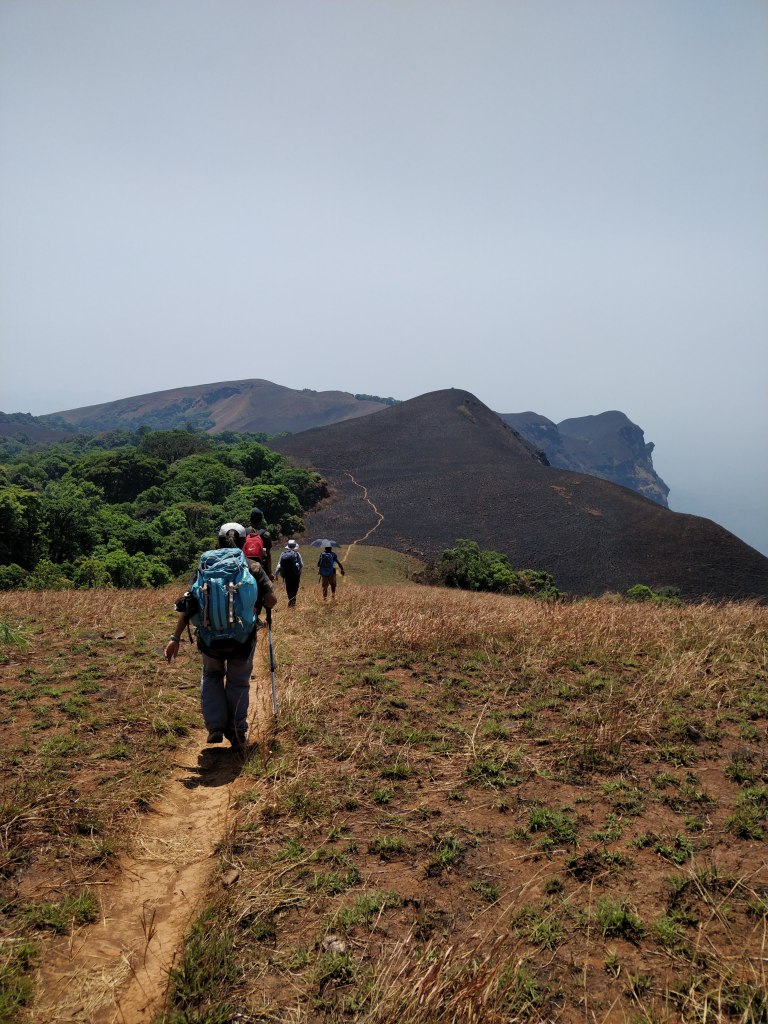
So now that we know how important fitness is , let’s uncover what is fitness and how we should prepare for it?
Fitness is a relative term. The level of fitness required depends on the activity/adventure you are about to step into.
If you are about to go Bungy jumping,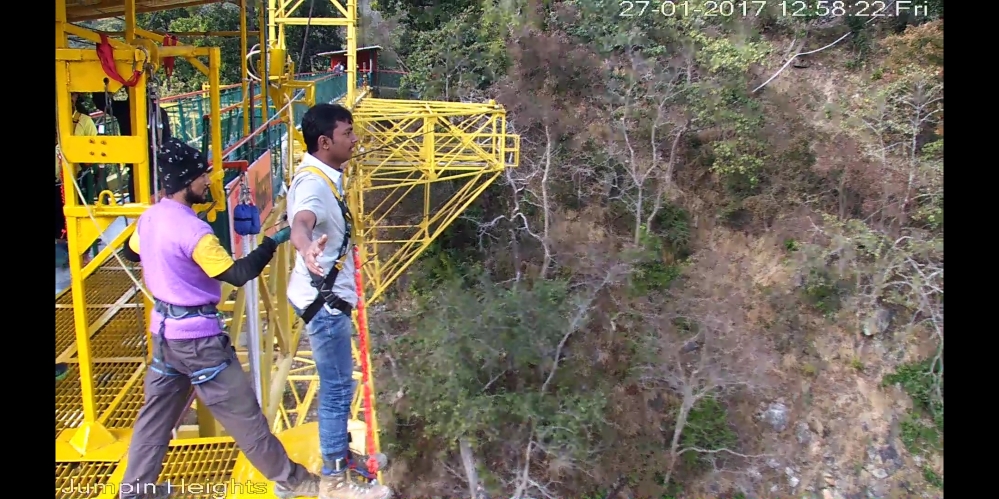
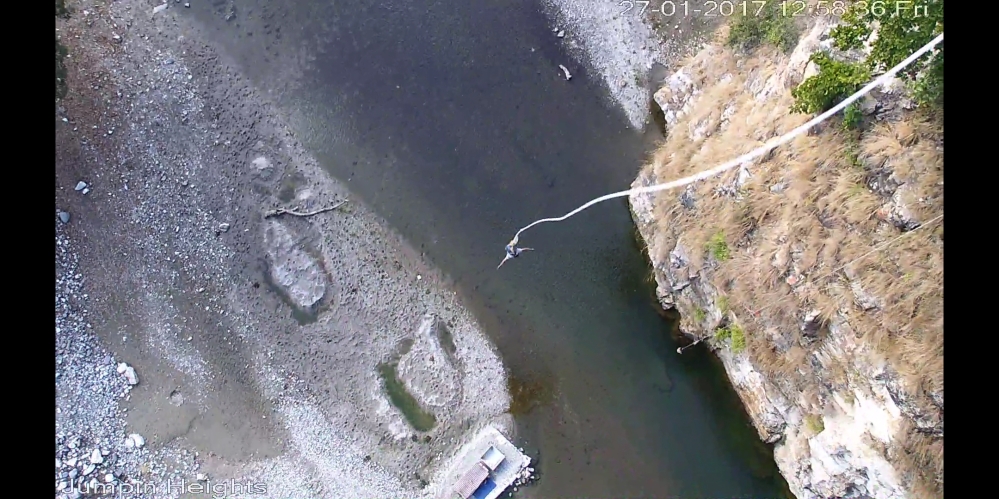
then all you need is a strong heart and god’s grace :). If it’s River rafting then you need some strong arms with some guts in your nerve to take on the raging river.
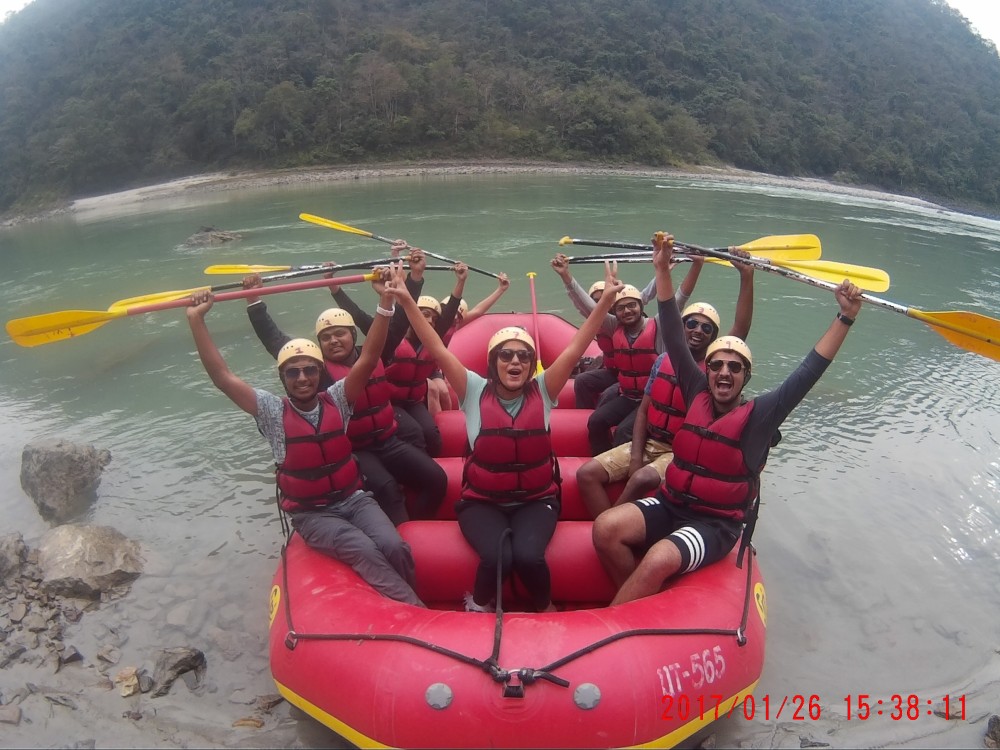
Trekking is an adventure activity and generally requires stamina and strong legs. This requires your basic commitment to keep your body flexible and strong. So you must be wondering what this BASIC COMMITMENT is?
The basic commitment involves you going for jogging atleast 3-4 times a week along with general stretching exercises from the month before your trek start date. Also you should make a habit of drinking atleast 3 litres of water a day (You will find many fresh water sources in most of the places just like the one in the below picture). This picture is from the Hampta pass trek. 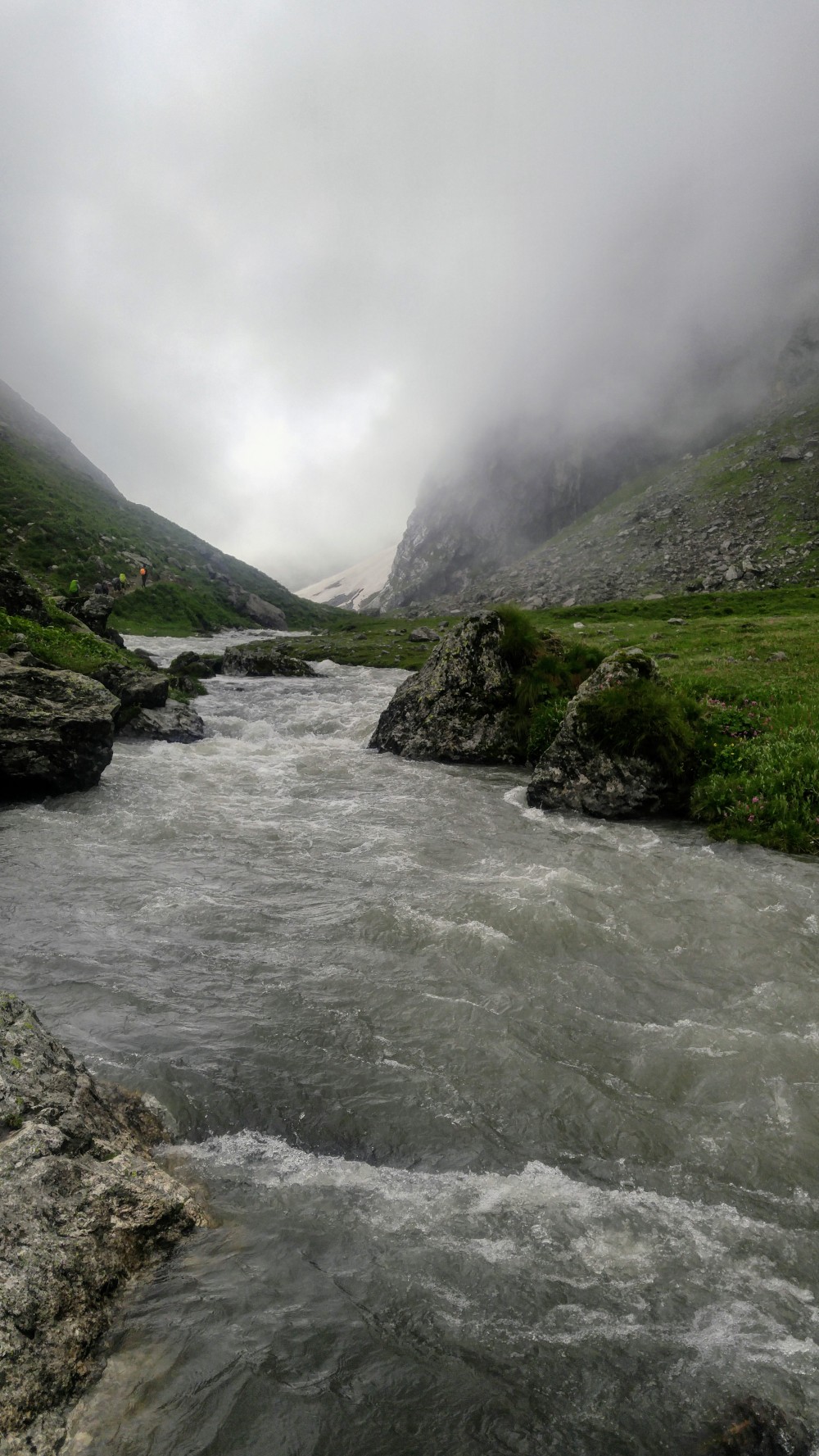
But many of them will be capable of doing the trek even with lesser schedules of training (teenagers – upto 23 yrs). So the basic commitment I mention here is for that set of people who have never done any proper physical activity at all recently and for people above the age of 23.
PS:- All that I mention in my posts are based on my previous experiences. So the specific age group I mention here is because I have seen people at the age of 23 also going on treks and completing them successfully even with lesser training schedules.
One common way of checking your fitness is by having your Body Mass Index checked. Body Mass Index (BMI) is a person’s weight in kilograms divided by the square of height in meters. A high BMI can be an indicator of high body fatness. The BMI is an attempt to quantify the amount of tissue mass (muscle, fat, and bone) in an individual, and then categorize that person as underweight, normal weight, overweight, or obese based on that value.
Trek Tip :- When you start traveling or hiking from lower altitudes to higher altitudes, always keep your ears open. Never close them even with cotton or scarf. Once you have reached the altitude you had decided on , only then cover your ears.
Reason: Ears maintain the air pressure and body balance by adjusting the pressure inside the body to the changing atmospheric pressure. As atmospheric pressure changes with changing altitude, if your ears are closed, it wont be able to adjust the pressure inside the body leading to headaches.
The other important things to check are : Blood pressure, sugar levels if you are diabetic. Consult a doctor and have a general check-up before you go on long / high altitude treks.
Why is drinking water on treks very important?
First and the foremost, it keeps you hydrated and helps in good blood circulation. On treks, your body dehydrates very fast especially if it’s a summer trek. That doesn’t mean you can neglect it in winter treks. Its tricky during the winters. You completely cover yourself with 3-4 layers of cloth because of the cold. But after trekking for sometime, you will realize that you have started sweating (Don’t believe me? check out the picture below) . The situation is such that it is too cold not to wear so many layers of cloth, at the same time you sweat too much. The chilled weather doesn’t make you feel thirsty but it’s important to regularly hydrate yourself as digestion at higher altitudes is slower and hydrating helps. Indigestion at higher altitudes often leads to gastric/acidity. I myself have experienced this in my Kedarkantha trek and trust me, it’s not a good experience!
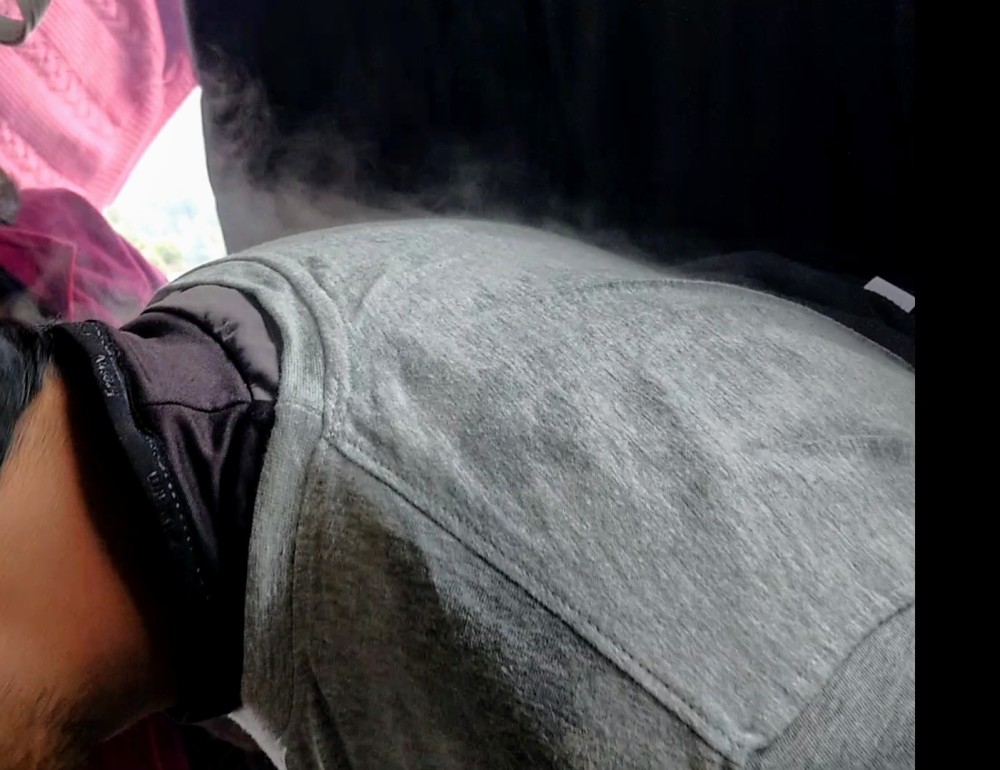
In the picture, you can see the smoke just above my shirt because of my body heat and extreme cold temperature outside. This picture was taken just after reaching the first base camp of Kedarkantha.
Keeping all this in mind, there is one important thing without which any fitness is a waste . It is WILL POWER! With this even lower levels of fitness can be over-comed and there is no stopping you !
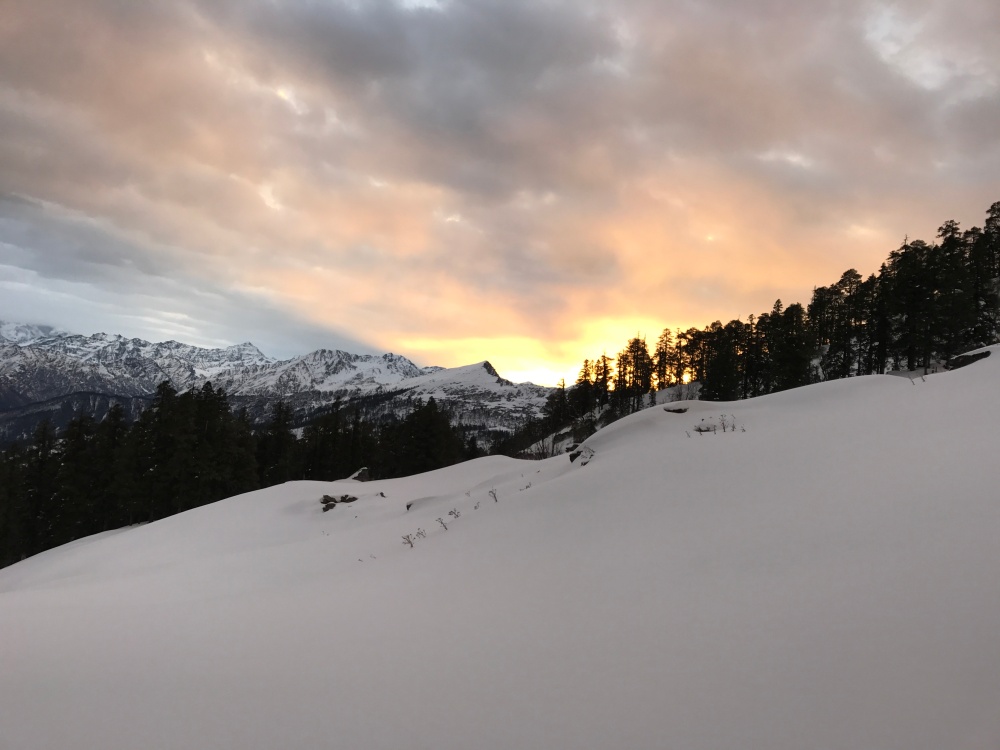
Cya until next time 🙂
Have a happy adventure !
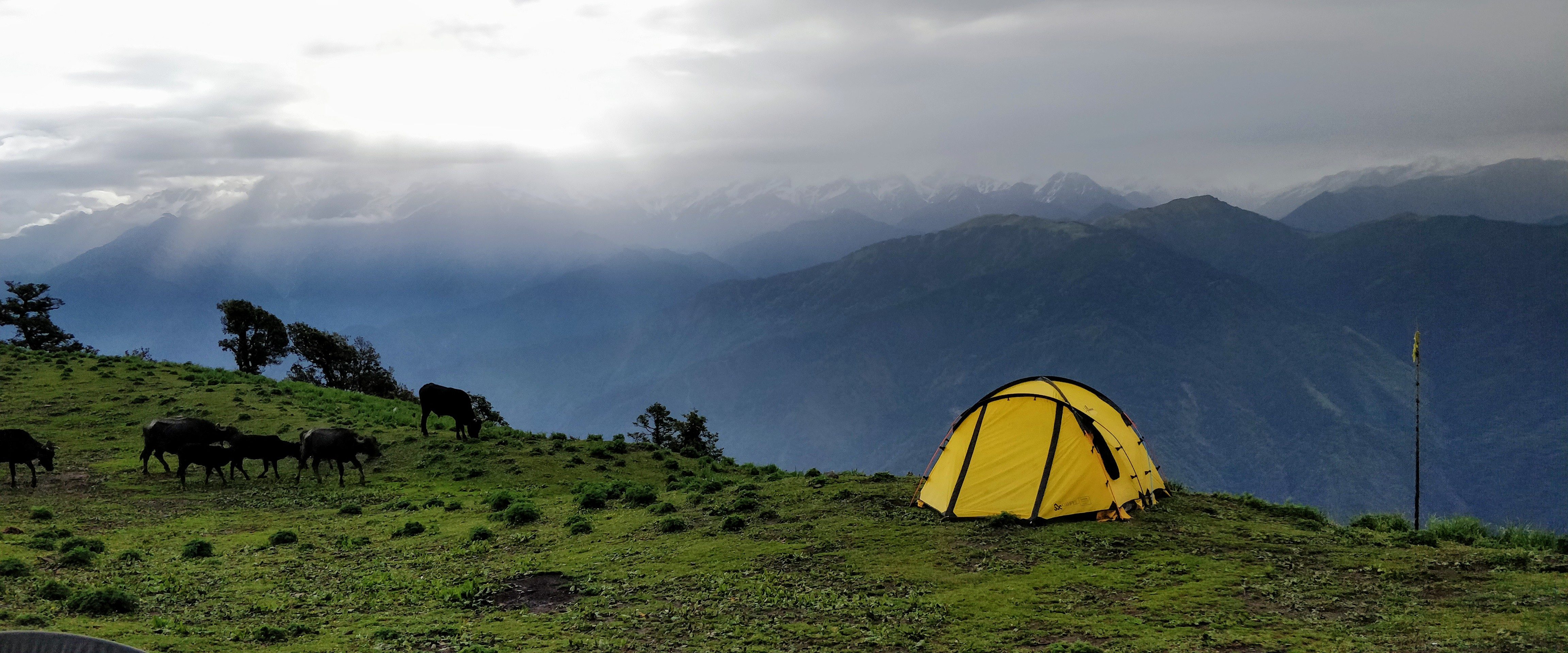
Great insight on the importance of drinking water during treks !
Thanks for the wonderful article.
LikeLiked by 1 person
Welcome 😀 Glad you liked it 😊
LikeLike